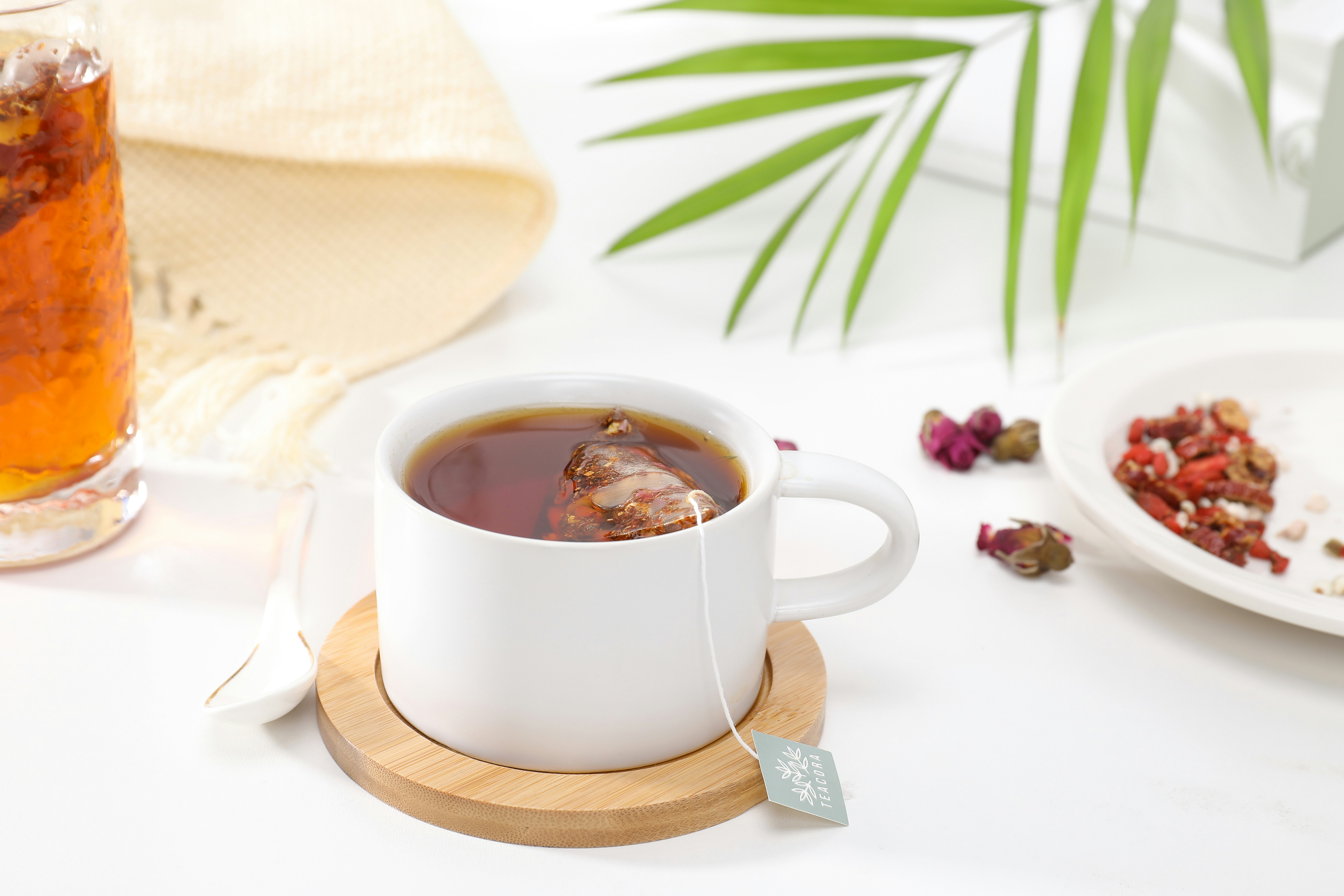How to Brew Specialty Tea Blends: Loose Leaf vs Bagged Quality Comparison
How to Brew Specialty Tea Blends: Loose Leaf vs Bagged Quality Comparison
Introduction
Specialty tea blends offer a world of complex flavors, but achieving the perfect brew depends on understanding the differences between loose leaf and bagged varieties. This comprehensive guide explores production methods, brewing techniques, and quality factors to elevate your tea experience.
Understanding Tea Quality
What Makes Tea "Specialty Grade"
- Leaf integrity: Whole or large-leaf fragments
- Origin transparency: Single-estate or region-specific sourcing
- Flavor complexity: 3+ detectable flavor notes
- Freshness indicators: Bright coloration and aromatic potency
Learn more about tea grading standards
Loose Leaf Tea Characteristics
Production Process
- Hand-picking: Selective harvesting of tea buds
- Withering: 8-12 hour moisture reduction
- Oxidation: Precise enzymatic reactions
- Firing: Heat stabilization process
Brewing Advantages
- Expansion space: Allows 200-300% leaf expansion
- Customizable strength: Adjust leaf quantity freely
- Multiple infusions: High-quality leaves yield 3-5 brews
Bagged Tea Considerations
Manufacturing Insights
- Cutting process: CTC (Crush-Tear-Curl) method
- Material composition: Food-grade nylon vs paper filters
- Additive risks: Potential glue residues in sealed bags
Quality Preservation Techniques
- Store in opaque, airtight containers
- Maintain consistent 60-70°F temperature
- Use within 6 months of production date
Comparative Analysis
Flavor Profile Testing
| Characteristic | Loose Leaf | Pyramid Bags | Traditional Bags |
|---|---|---|---|
| Aroma Intensity | 9.2/10 | 7.8/10 | 5.4/10 |
| Aftertaste | 45-60 sec | 20-30 sec | 10-15 sec |
| Brew Cycles | 3-5 | 2 | 1 |
Caffeine Content Comparison
- Loose leaf: 40-60mg per 8oz
- Pyramid bags: 35-50mg
- Standard bags: 30-45mg
Scientific study on tea caffeine levels
Brewing Masterclass
Optimal Parameters
1. Water Temperature Guide:
- White Tea: 160-170°F
- Green Tea: 170-180°F
- Oolong: 190-200°F
- Black Tea: 200-212°F
- Herbal: 208-212°F
2. Steeping Times:
- First infusion: 2-3 minutes
- Subsequent brews: +30 seconds each
Equipment Recommendations
- Loose leaf: Glass teapots with built-in infusers
- Bagged: Ceramic travel mugs
- Universal: Variable temperature kettles
Environmental Impact
- Biodegradability: Loose leaf requires no disposable packaging
- Carbon footprint: Bagged tea production emits 23% more CO2
- Waste generation: 65% of tea bags contain non-compostable materials
Purchasing Guide
Quality Verification Checklist
Loose leaf:
- Visible stem fragments <5%
- Uniform leaf coloration
- Distinct origin labeling
Bagged:
- Pyramid-shaped sachets
- Chlorine-free bleaching
- USDA organic certification
Storage Solutions
Professional Preservation Methods
- Vacuum sealing: Extends freshness by 8-12 months
- Oxygen absorbers: Maintains antioxidant levels
- UV-protected containers: Prevents photo-degradation
Frequently Asked Questions
Q: Can I reuse tea bags?
A: Most commercial bags degrade after single use - repeated steeping risks paper fiber ingestion
Q: Do expensive teas always taste better?
A: Price correlates with cultivation labor costs more than flavor - blind taste tests show 68% accuracy in premium identification
Conclusion
While loose leaf tea generally provides superior flavor extraction and brewing flexibility, modern pyramid bags offer 83% of the quality in convenient formats. For daily consumption, choose bagged varieties from ethical suppliers, reserving loose leaf for special occasions.
Featured image credit: Unsplash Tea Photography Collection
